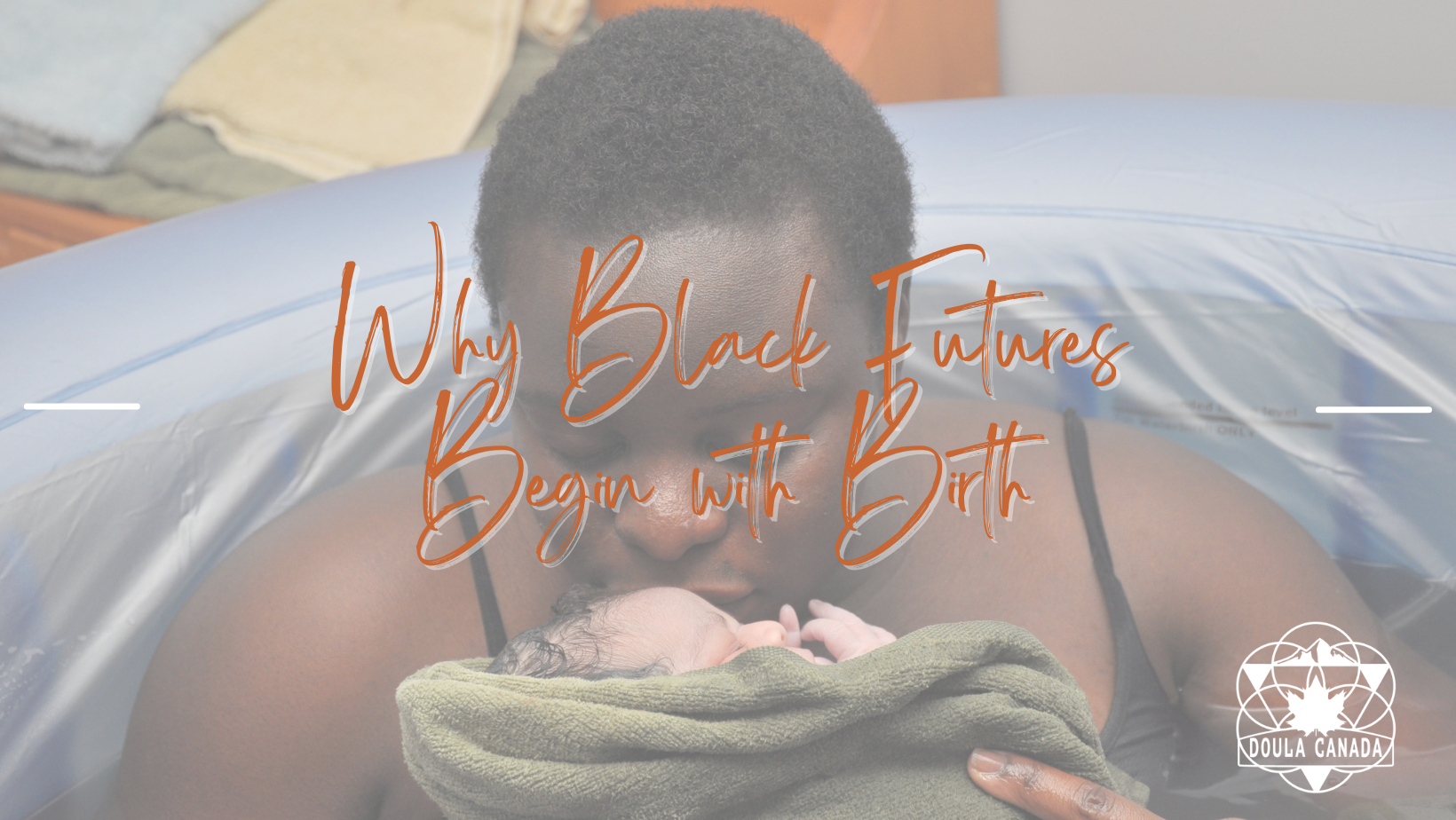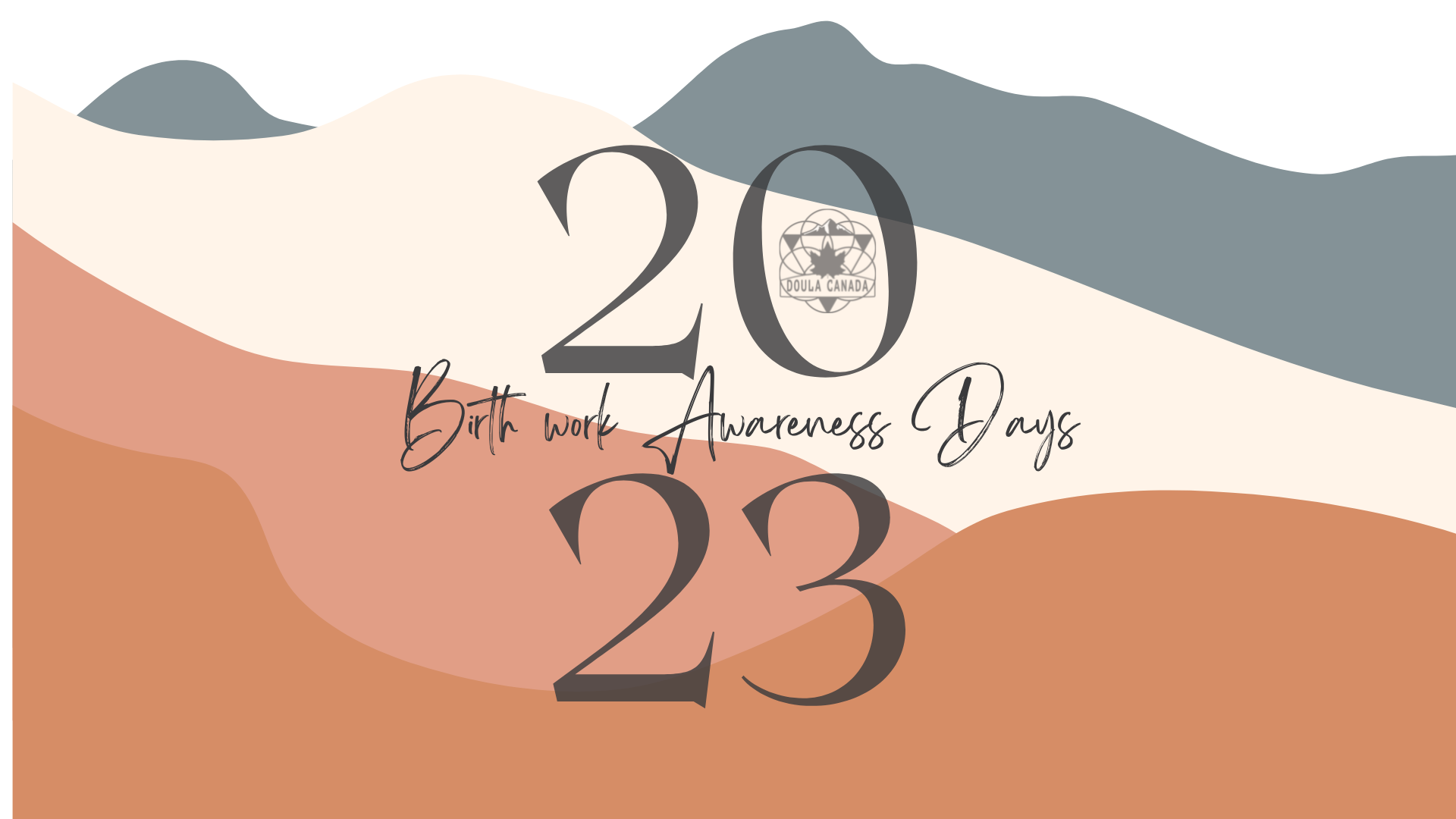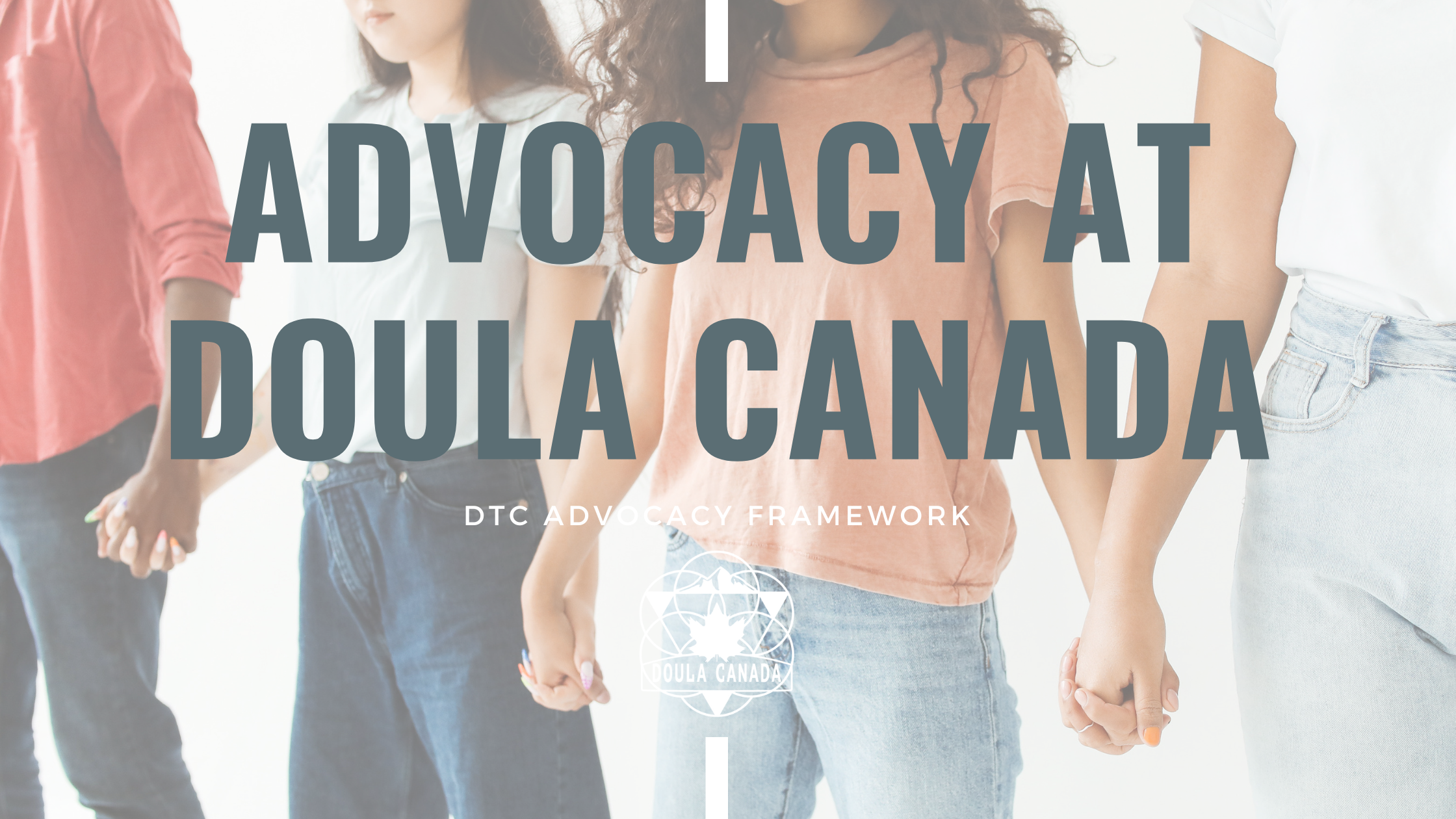[vc_row][vc_column][vc_column_text css=”.vc_custom_1693401592473{margin-bottom: 0px !important;}”]Fetal Alcohol Spectrum Disorders (FASDs) are as prevalent as Autism Spectrum Disorders, but they are less talked about and wildly misunderstood. If you work with babies, you are likely to encounter one with FASD, but it often goes unrecognized and untreated. We’re going to do some myth-busting and share some facts that all birth workers should know and be prepared to share with clients.
- Alcohol is a known teratogen (birth defect-causing agent). There is no known amount of prenatal alcohol exposure (PAE) or time during pregnancy when alcohol can be consumed without risk to the fetus.
- 45% of pregnancies are accidental. Often, prenatal alcohol exposure occurs before pregnancy is detected. Early detection of pregnancy reduces the likelihood of PAE.
- Not all PAE causes FASD to develop. The development of FASD is influenced by the amount of alcohol exposure and a mix of genetic and epigenetic factors. FASD affects people from all walks of life, races, and ethnicities
- Social determinants of health influence the development of and treatment of FASD. For example, people who have had limited access to education, are less likely to be aware that consuming alcohol can harm their babies. People experiencing poverty and racism are less likely to disclose their alcohol consumption and seek timely treatment for themselves and their children due to fear of incarceration and having their children removed.
- While FASD is diagnosed based on the presence of specific facial characteristics, FASD can manifest in a variety of ways, with a range of symptom severity. Treatment needs to be tailored to the individual.
- Newborns with FASD are often have heightened sensitivity to light and other environmental stimuli. They benefit from being cared for in a dark, quiet environment, and may need more soothing than other babies.
- Many children with FASD struggle more with emotional regulation than other children. They can benefit from an established routine and early and active guidance on emotional regulation strategies such as breathing exercises.
- People with FASD often have specific strengths. For example, many people with FASD are highly self-aware, hopeful, collaborative, loving, and kind. Treatment that focuses on strengths rather than deficits is more effective.
- Many people with FASD lead happy, fulfilling, and rewarding lives. This outcome is more likely with early, strengths-focused treatment.
In recognition that we need to talk about FASD, the Canadian Government declared September FASD awareness month in 2020. The theme for 2023 is Uniting our Strengths: Finding Solutions Together.
As birthworkers, we can be part of the solution by informing ourselves of and celebrating the strengths of people with FASD. We can also hold non-judgmental, compassionate space for our clients to talk about drinking. Stigma is the leading reason why people don’t ask for help.
You can also honour the achievements of people with FASD by wearing red shoes this month! “Red Shoes Rock” is a grassroots movement that started in 2013 with FASD educator and advocate RJ Formanek wore shoes on an international stage.
In his own words: “Red shoes were critical to my narrative, they were the key to it all. They were all about being different… They spoke of speed, of freedom of thought and being different, and red running shoes with the power suit sent a message out there to the world.”
For more information on supporting families navigating FASD, check out our posts from 2021 and 2022.
Keira Grant (she/her) brings a wealth of experience to her EDI Co-Lead role. She is a Queer, Black woman with a twenty-year track record in Equity, Diversity, and Inclusion (EDI) education, projects, and community building initiatives. As a mom and partner she uses her lived expereince to provide support and reflection for her clients and her work. Keira is the owner of Awakened Changes Perinatal Doula Services.
[/vc_column_text][/vc_column][/vc_row]


 Keira Grant (she/her) brings a wealth of experience to her EDI Co-Lead role. She is a Queer, Black woman with a twenty-year track record in Equity, Diversity, and Inclusion (EDI) education, projects, and community building initiatives. As a mom and partner she uses her lived expereince to provide support and reflection for her clients and her work. Keira is the owner of
Keira Grant (she/her) brings a wealth of experience to her EDI Co-Lead role. She is a Queer, Black woman with a twenty-year track record in Equity, Diversity, and Inclusion (EDI) education, projects, and community building initiatives. As a mom and partner she uses her lived expereince to provide support and reflection for her clients and her work. Keira is the owner of 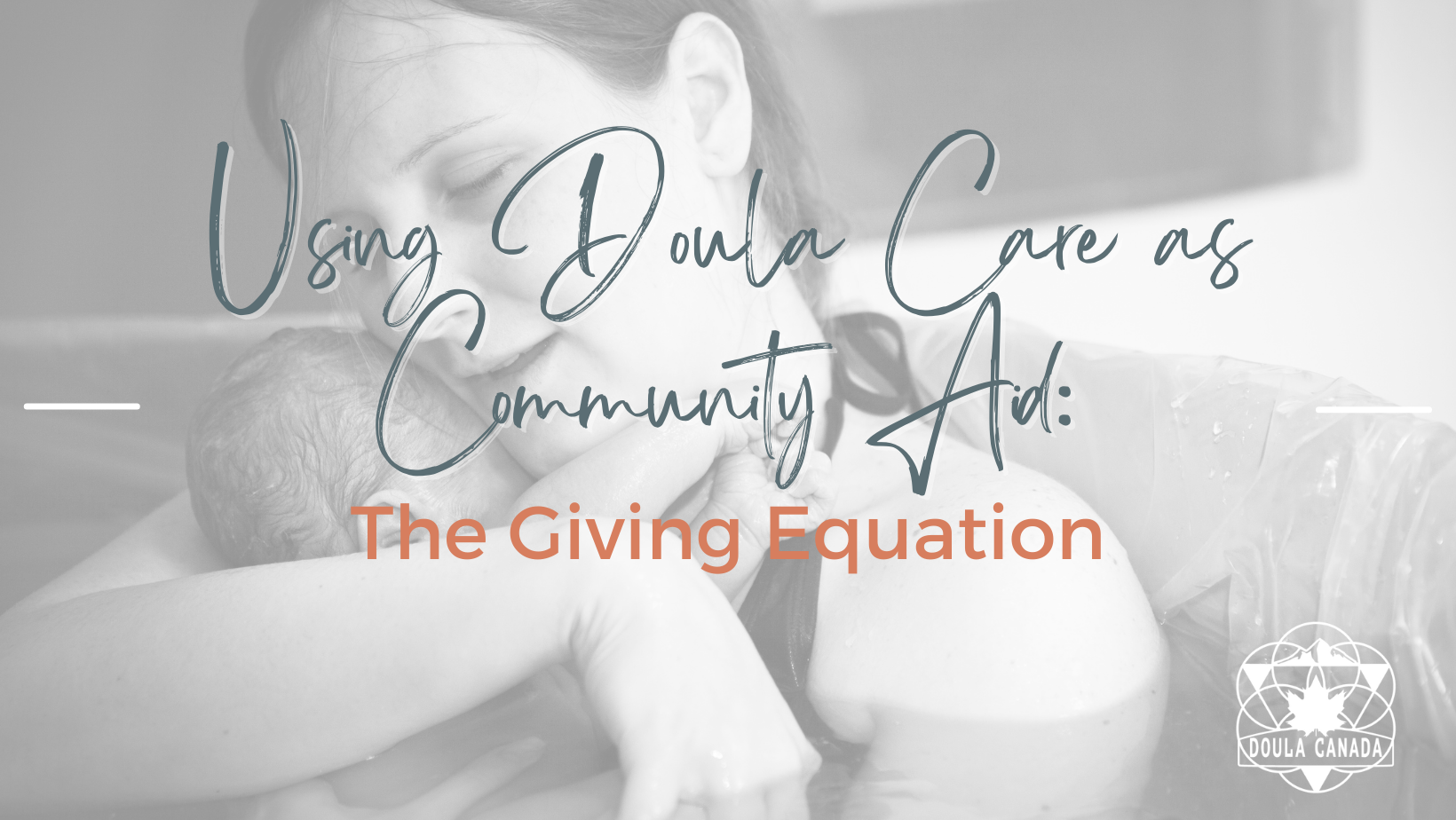


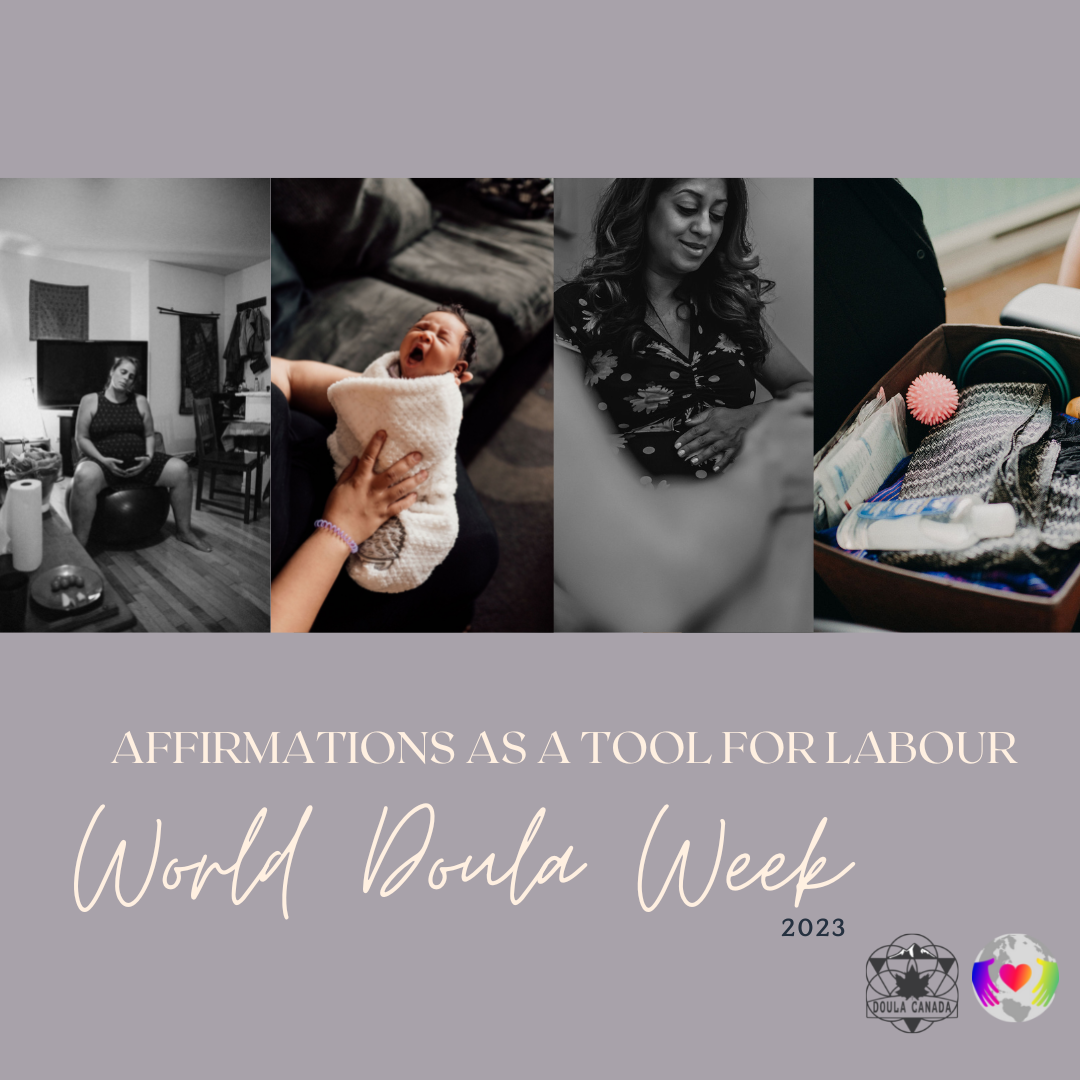

 [/vc_column_text][/vc_column][/vc_row]
[/vc_column_text][/vc_column][/vc_row]